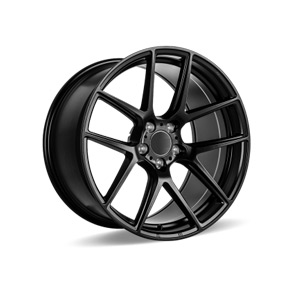throttle wire
Understanding Throttle Wire An Essential Component in Vehicle Performance
The throttle wire is a crucial component in the operation of many vehicles, playing a significant role in determining engine performance and responsiveness. This thin, flexible wire, often made of durable materials, connects the vehicle's accelerator pedal to the throttle body, which controls the amount of air entering the engine. Understanding its function, importance, and potential issues can lead to better vehicle maintenance and enhanced driving experiences.
What is Throttle Wire?
The throttle wire, also referred to as the accelerator cable in some contexts, is part of the vehicle's throttle system. It typically consists of a steel wire enclosed in a protective sleeve, allowing it to move smoothly without excessive friction. When a driver presses the accelerator pedal, this action pulls the throttle wire, which in turn opens the throttle valve in the engine. This process enables more air to flow into the combustion chamber, increasing engine power and speed.
Importance of Throttle Wire
The significance of the throttle wire cannot be understated. It directly affects the vehicle's acceleration response and overall performance. A properly functioning throttle wire ensures that a driver’s inputs are accurately reflected in the vehicle's speed. For instance, if a driver presses down on the accelerator, they expect an immediate response from the engine. A sluggish or unresponsive throttle can lead to a frustrating driving experience and may even pose safety risks.
In modern vehicles, especially those equipped with electronic throttle control systems, the role of the throttle wire has evolved. In these systems, the traditional wire is often replaced by sensors and electronic signals, providing a more responsive and efficient throttle control. However, some vehicles still rely on the mechanical connection provided by the throttle wire, making its integrity vital for performance.
Common Issues with Throttle Wire
Like any mechanical component, the throttle wire is subject to wear and tear over time. Several issues can arise that may affect its functionality
1. Fraying or Damage Continuous pulling and pushing can cause the throttle wire to fray or break. Even minor damage can lead to reduced performance or erratic acceleration.
throttle wire

2. Binding or Sticking If the throttle wire becomes stuck or binds within its sleeve, it can hinder the driver’s ability to accelerate properly. This can lead to scenarios where the throttle doesn’t return to its idle position, potentially causing the vehicle to race unexpectedly.
3. Incorrect Adjustment The throttle wire must be properly adjusted to ensure maximum responsiveness. Incorrect tension can lead to delayed acceleration or a lack of power when needed.
4. Corrosion Exposure to moisture and road salt can cause corrosion of the throttle wire, compromising its strength and flexibility. Routine inspections can help identify such issues before they become critical.
Maintenance and Care
To ensure the longevity of the throttle wire and maintain optimal vehicle performance, regular maintenance is essential. Here are a few tips
- Routine Inspections Periodically check the throttle wire for signs of wear, fraying, or corrosion. Catching these issues early can prevent more significant problems in the future.
- Lubrication If the throttle wire is not sealed within a protective sleeve, applying a light lubricant can help reduce friction and wear.
- Professional Evaluation If you notice any irregularities in your vehicle’s acceleration or response, it’s wise to consult a professional mechanic. They can assess whether the throttle wire is functioning correctly or if it needs to be replaced.
Conclusion
Understanding the throttle wire and its role in vehicle dynamics is essential for both vehicle owners and enthusiasts. This seemingly simple component has a profound impact on acceleration, performance, and driving satisfaction. Regular maintenance and attention to potential issues can lead to a safer and more enjoyable driving experience. Whether your vehicle uses a traditional throttle wire or an advanced electronic system, keeping this critical component in check will ensure optimum performance and reliability on the road.
-
Upgrade Your Control with Premium Throttle CablesNewsAug.08,2025
-
Stay in Control with Premium Hand Brake CablesNewsAug.08,2025
-
Experience Unmatched Performance with Our Clutch HosesNewsAug.08,2025
-
Ensure Safety and Reliability with Premium Handbrake CablesNewsAug.08,2025
-
Enhance Your Vehicle with High-Performance Clutch LinesNewsAug.08,2025
-
Elevate Your Ride with Premium Gear CablesNewsAug.08,2025
